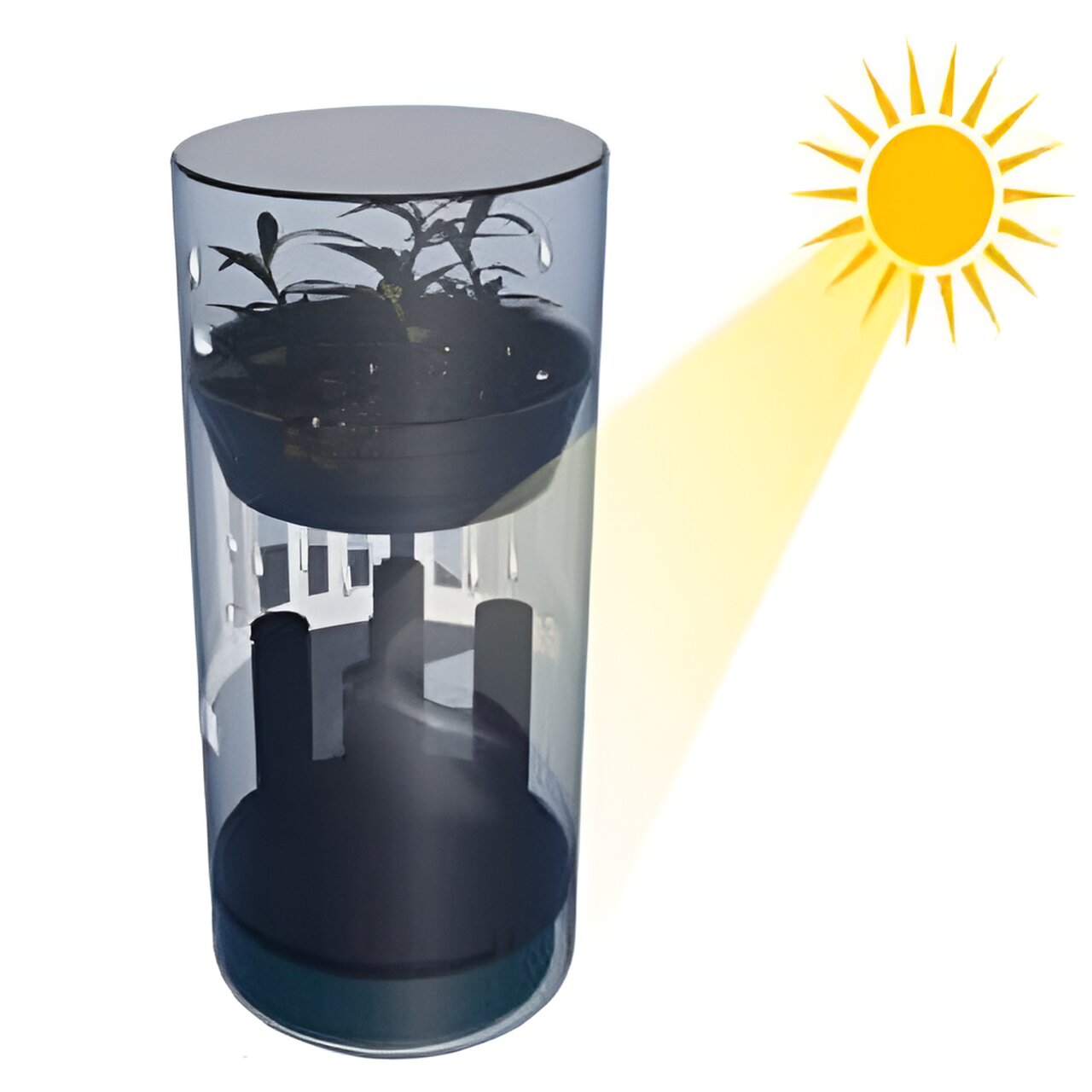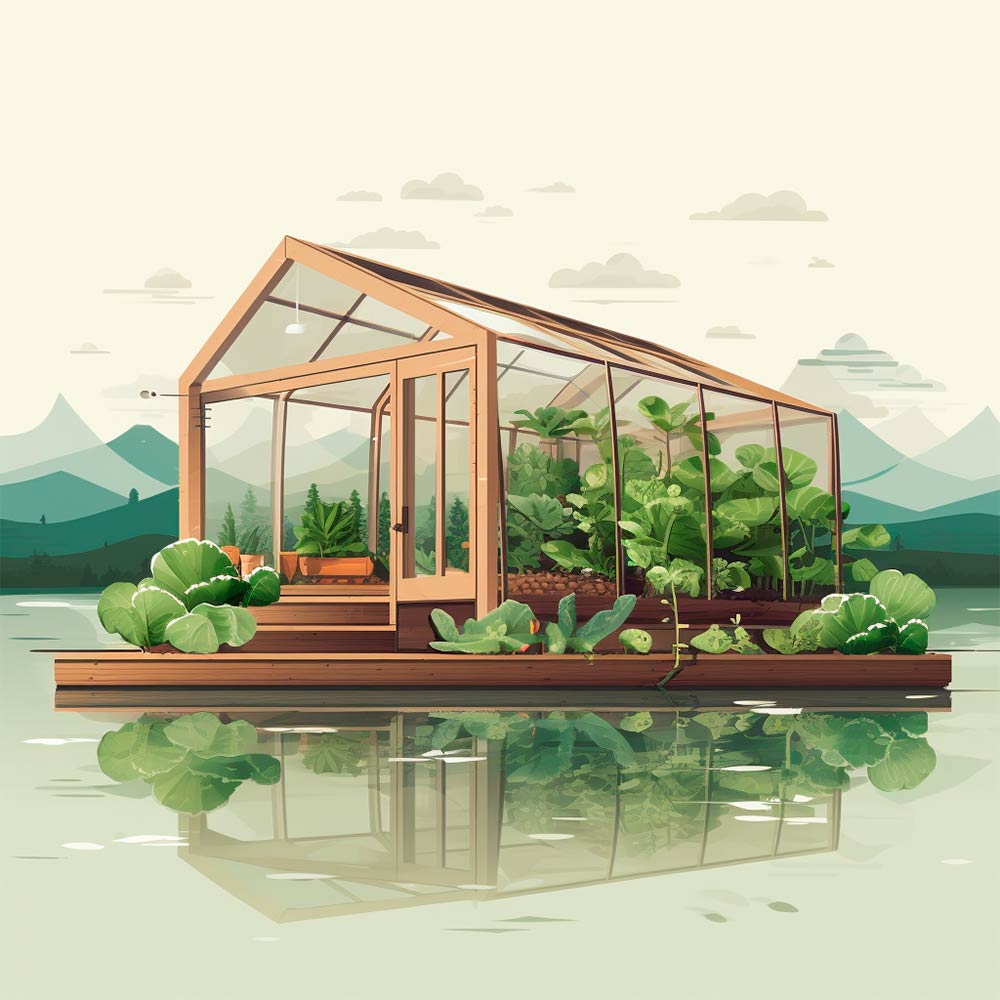Oceanic Agriculture: Lettuce and Broccoli Could Thrive on Floating Farms

Official archaeology tells us that human history kicks off with farming. This is when our ancestors began stockpiling extra food, allowing them to settle down and build the first advanced societies. Now, as the world’s population soars and freshwater becomes scarce, we must rethink our farming techniques. One promising solution on the horizon is the concept of floating farms: oceanic structures that, thanks to desalination and solar power, might just be the answer to growing the fruits and vegetables required for today’s world.
In this article you will learn about:
What is a floating farm?
A floating farm is essentially a structure designed to house all the key elements required for growing food on the sea’s surface. These modern-day floating farms usually include the following components:
- A primary platform that serves as the foundation for all other elements. It can be anchored to the seabed or affixed to a fixed support, like offshore wind energy installations.
- A growing medium, which may be soil or hydroponic solutions.
- A desalination system, frequently employing passive desalination methods, such as a solar evaporator for condensing seawater vapor used in irrigation.
- An electricity generation system, typically utilizing photovoltaic panels.
- Irrigation systems and various sensors for process automation.
Although they are not without challenges, such as susceptibility to corrosion and the impact of waves, floating farms offer numerous advantages. Among the most significant are their independence from freshwater for human consumption, suitability for installation in coastal desert regions, and reliance on renewable energy sources. Additionally, they contribute to local food production with a reduced carbon footprint.

From Australia to Japan: two visions of floating farms
Cultivating algae, whether for food or biofuel, is already a well-established practice. However, floating farms are breaking ground by aiming to grow traditional land-based vegetables on water surfaces. The idea of utilizing aquatic areas is also gaining momentum in the field of floating solar panels. This article will delve into the inventive visions of various research teams and entrepreneurial minds worldwide as they strive to cultivate crops on water.
The University of Australia’s vertical marine farms
One of the freshest ideas in this realm, featuring a fully operational prototype, comes all the way from Australia. This ingenious system comprises two sections: an upper portion resembling a greenhouse and a lower segment designed for collecting freshwater. Through a passive solar desalination technique, the system condenses freshwater, which is then transported to the upper chamber using belts, where the plants and the growing medium are positioned. So far, researchers at the University of Australia, in partnership with China’s Hubei University of Technology, have put this floating farm to the test, successfully growing lettuce, broccoli, and pak choi.
According to the creators of this platform, it’s an easy-to-maintain system, powered exclusively by solar energy, and should come with a relatively modest price tag. Currently, they’re actively working to boost the productivity of this floating farm by integrating low-cost substrate materials such as rice waste or straw.
Green Ocean: Japan’s ambitious project
If there is one nation that has grappled with the challenge of limited arable land, it’s Japan. Therefore, it’s unsurprising that one of the most advanced initiatives hails from this Asian country. Incubated by an agritech startup, the project entails using colossal floating platforms designed to cultivate vegetables using hydroponic methods and harnessing renewable energy, all constructed with materials engineered to resist corrosion from seawater.
Known as Green Ocean, this system resembles a greenhouse, featuring solar panels on its V-shaped roof designed to collect rainwater. Diverging from the desalination approach seen in previous examples, the creators of this “offshore agriculture” platform acquire irrigation water by mixing acidic rainwater with alkaline seawater in the requisite proportions.

In the final stages, various crop types are combined to absorb nutrients from the air and water. According to the developers, their initial tests, spanning eighteen months, have yielded successful results in cultivating kaiware daikon radish, lettuce, and tomatoes.
Cultivation of crops on water: a model rooted in history
While the proposals we’ve discussed are undoubtedly sophisticated, floating farms are far from a brand-new concept. Faced with the challenges of climate change, farmers in the delta regions of southeastern Bangladesh are resurrecting an age-old technique passed down through generations. In their case, they’ve turned to floating rafts for cultivating various fruits and veggies, including cucumbers, tomatoes, pumpkins, and even papayas. What’s particularly remarkable is that these rafts are made from woven branches of invasive plants, demonstrating a sustainable approach.
This practice was adopted two centuries ago to cope with the extended rainy season, which traditionally lasts about five months. However, with rising water levels and increased flooding due to climate change, the submerged growing areas can remain underwater for up to ten months. In this region, over 6,000 farmers have opted for cultivating crops on the water, covering an area equivalent to 157 hectares.
Whether we’re talking about floating farms or exploring other alternatives, like synthetic proteins for astronauts, the decades ahead will require us to come up with imaginative and, most importantly, sustainable solutions to feed a growing population with limited resources in the face of climate change.
Source:

